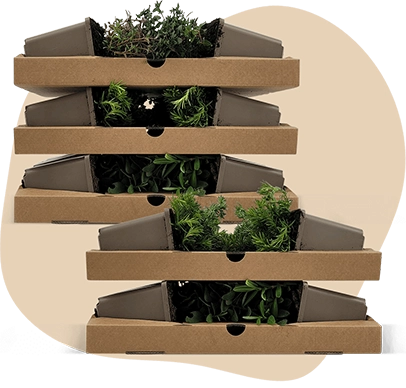Description
Ceratostigma willmottianum C3 30-40 | Chinese plumbago
Ceratostigma willmottianum, commonly known as Chinese plumbago, is a charming shrub with an upright growth habit. This plant typically reaches a height of about 30 cm, making it a compact choice for gardens. The leaves of Ceratostigma willmottianum are green, with a smooth texture and are not fragrant. Despite its vibrant appearance, the Chinese plumbago is not evergreen, shedding its leaves in winter. It is a low-maintenance plant, ideal for gardeners seeking an easy-care option. Although it does not produce fruits or berries, its striking blue flowers and attractive autumn foliage make it a popular choice for group plantings.
Key Plant Characteristics of Ceratostigma willmottianum
- Ceratostigma willmottianum blooms from July to October, showcasing vibrant blue flowers that attract bees and butterflies. The flowers are not scented.
- This plant thrives in sunny locations, making it ideal for gardens with plenty of sunlight.
- It is adaptable to all soil types, provided the soil is well-drained and aerated.
- The shrub features green leaves that transform into beautiful autumn colours, adding seasonal interest to the garden.
- With its upright growth habit, Ceratostigma willmottianum is suitable for group planting and can serve as an effective ground cover.
garden plants like Ceratostigma willmottianum can enhance the visual appeal of any garden space.
Application of Ceratostigma willmottianum in the Garden
- Ceratostigma willmottianum is ideal for group planting, adding vibrant colour to garden borders and terraces.
- This plant is hardy, tolerating temperatures as low as -23.3°C, making it suitable for various climates.
- It combines well with other shrubs, especially those with contrasting foliage or flower colours.
- The plant's greatest ornamental value lies in its bright blue flowers and stunning autumn hues.
























